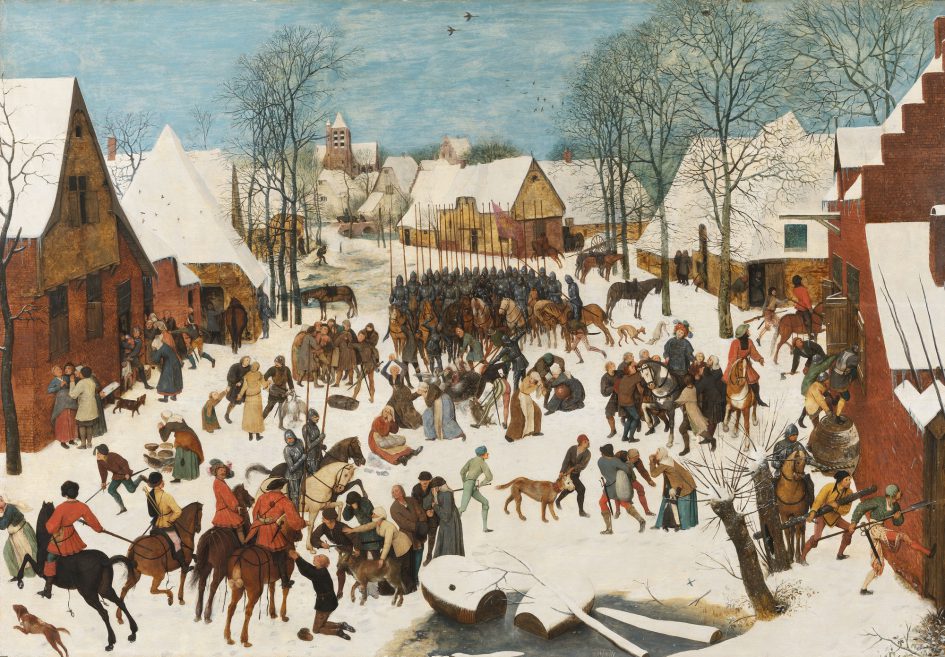You’re all familiar with the Christmas song, “The Twelve Days of Christmas” I think. To most it’s a delightful nonsense rhyme set to music. But it had a quite serious purpose when it was written.
It is a good deal more than just a repetitious melody with pretty phrases and a list of strange gifts.
Catholics in England during the period 1558 to 1829, when Parliament finally emancipated Catholics in England, were prohibited from ANY practice of their faith by law – private OR public. It was a crime to BE a Catholic.
“The Twelve Days of Christmas” was written in England as one of the “catechism songs” to help young Catholics learn the tenets of their faith – a memory aid, when to be caught with anything in *writing* indicating adherence to the Catholic faith could not only get you imprisoned, it could get you hanged, or shortened by a head – or hanged, drawn and quartered, a rather peculiar and ghastly punishment I’m not aware was ever practiced anywhere else.
Hanging, drawing and quartering involved hanging a person by the neck until they had almost, but not quite, suffocated to death; then the party was taken down from the gallows, and disembowelled while still alive; and while the entrails were still lying on the street, where the executioners stomped all over them, the victim was tied to four large farm horses, and literally torn into five parts – one to each limb and the remaining torso.
The songs gifts are hidden meanings to the teachings of the faith. The “true love” mentioned in the song doesn’t refer to an earthly suitor, it refers to God Himself. The “me” who receives the presents refers to every baptized person. The partridge in a pear tree is Jesus Christ, the Son of God. In the song, Christ is symbolically presented as a mother partridge which feigns injury to decoy predators from her helpless nestlings, much in memory of the expression of Christ’s sadness over the fate of Jerusalem: “Jerusalem! Jerusalem! How often would I have sheltered thee under my wings, as a hen does her chicks, but thou wouldst not have it so…”
The other symbols mean the following:
2 Turtle Doves = The Old and New Testaments
3 French Hens = Faith, Hope and Charity, the Theological Virtues
4 Calling Birds = the Four Gospels and/or the Four Evangelists
5 Golden Rings = The first Five Books of the Old Testament, the
“Pentateuch”, which gives the history of man’s fall from grace.
6 Geese A-laying = the six days of creation
7 Swans A-swimming = the seven gifts of the Holy Spirit, the seven
sacraments 8 Maids A-milking = the eight beatitudes
9 Ladies Dancing = the nine Fruits of the Holy Spirit
10 Lords A-leaping = the ten commandments
11 Pipers Piping = the eleven faithful apostles
12 Drummers Drumming = the twelve points of doctrine in the Apostle’s Creed
 The Libertarian Catholic
The Libertarian Catholic
















